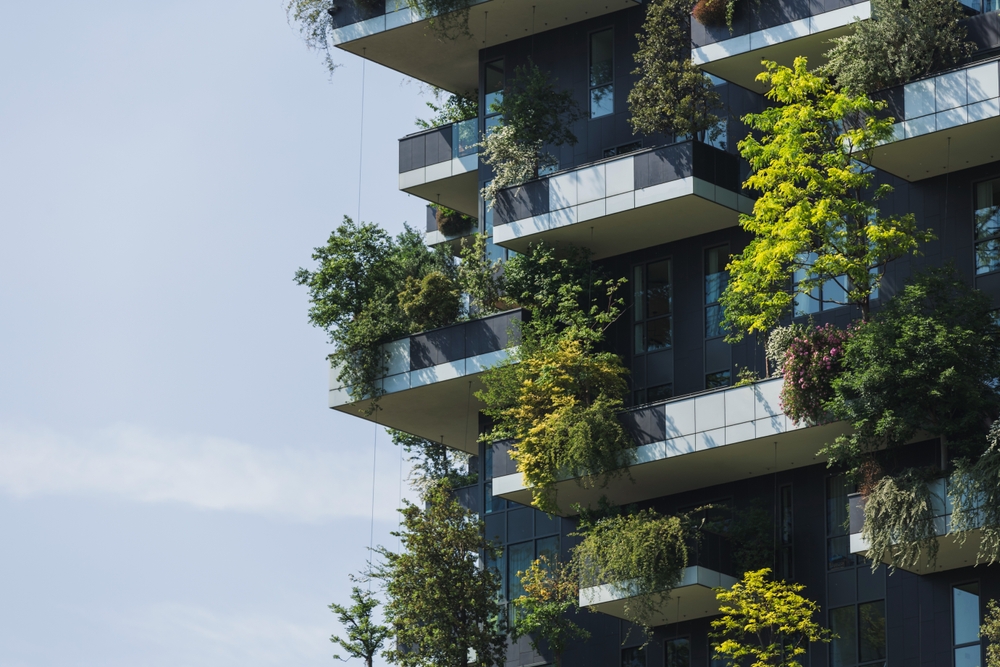Biodynamic Balconies: Elevating Urban Microgardens
Imagine stepping onto your balcony and being greeted by a thriving miniature ecosystem. Lush greenery cascades from hanging planters, while compact vegetable beds yield a bountiful harvest. This isn't just gardening; it's the art of biodynamic balconies – a revolutionary approach to urban microgardening that's transforming concrete jungles into vibrant, productive spaces.

Historical Roots and Modern Revival
The origins of biodynamic farming can be traced back to the 1920s, when Austrian philosopher Rudolf Steiner developed this method as a response to the increasing industrialization of agriculture. Steiner’s approach emphasized the interconnectedness of soil, plants, animals, and cosmic rhythms. Fast forward to the 21st century, and urban dwellers are rediscovering these principles, adapting them to create thriving ecosystems in the most unlikely of places – their balconies.
Key Elements of a Biodynamic Balcony
Creating a biodynamic balcony involves more than just placing a few potted plants in a sunny spot. It’s about cultivating a harmonious, self-regulating ecosystem. Key elements include:
-
Companion Planting: Strategically grouping plants that benefit each other, such as pairing nitrogen-fixing legumes with heavy feeders like tomatoes.
-
Vertical Integration: Utilizing vertical space with hanging gardens, trellises, and multi-tiered planters to maximize growing area.
-
Composting: Incorporating a small-scale composting system to recycle kitchen scraps and create nutrient-rich soil.
-
Water Conservation: Implementing rainwater harvesting and drip irrigation systems to minimize water waste.
-
Lunar Planting: Aligning planting and harvesting activities with lunar cycles, a core principle of biodynamic farming.
The Science Behind the Magic
While some aspects of biodynamic gardening may seem esoteric, there’s solid science supporting many of its practices. Research has shown that companion planting can indeed improve plant health and yield by enhancing nutrient uptake and pest resistance. The emphasis on soil health through composting and natural fertilizers aligns with modern understanding of soil microbiomes and their crucial role in plant growth.
Designing Your Biodynamic Balcony
Creating a biodynamic balcony starts with careful planning and design. Consider the following steps:
-
Assess Your Space: Analyze sunlight patterns, wind exposure, and weight-bearing capacity of your balcony.
-
Choose Your Plants Wisely: Select a diverse range of plants that thrive in your climate and complement each other.
-
Invest in Quality Containers: Opt for deep, well-draining pots that can support root growth and retain moisture.
-
Create Microclimates: Use screens, trellises, and strategic plant placement to create varied environments within your balcony.
-
Incorporate Biodynamic Preparations: Introduce specially prepared compost additives that enhance soil vitality.
The Benefits Beyond Beauty
Biodynamic balconies offer a multitude of benefits that extend far beyond aesthetic appeal:
-
Fresh, Organic Produce: Enjoy a year-round supply of herbs, vegetables, and even small fruits right outside your door.
-
Improved Air Quality: Plants naturally filter air pollutants, creating a healthier living environment.
-
Temperature Regulation: The green cover can help cool your apartment in summer and provide insulation in winter.
-
Biodiversity Boost: Even small balcony gardens can support local insect and bird populations, contributing to urban ecology.
-
Stress Reduction: Gardening has been shown to reduce stress and improve mental well-being, especially crucial in urban settings.
Overcoming Challenges
While the concept of biodynamic balconies is enticing, it’s not without challenges. Limited space, weight restrictions, and potential conflicts with building regulations can pose obstacles. However, creative solutions abound:
-
Lightweight Soil Mixes: Use specially formulated lightweight potting mixes to reduce overall weight.
-
Modular Systems: Implement flexible, movable planting systems that can be easily rearranged or removed if needed.
-
Community Engagement: Work with neighbors and building management to create shared gardening spaces or rooftop gardens.
The Future of Urban Gardening
As cities continue to grow and green spaces shrink, biodynamic balconies represent a promising solution for urban food production and environmental sustainability. This trend is already gaining traction in densely populated cities across the globe, from Singapore’s sky gardens to New York’s balcony farms.
Embracing the Biodynamic Balcony Movement
The biodynamic balcony movement is more than just a gardening trend; it’s a shift in how we perceive and interact with our urban environments. By transforming balconies into thriving ecosystems, city dwellers can reconnect with nature, contribute to urban biodiversity, and take a step towards more sustainable living.
As we look to the future of urban design and sustainable living, biodynamic balconies stand out as a beacon of innovation and hope. They prove that even in the heart of bustling cities, we can create pockets of green abundance that nourish both body and soul. Whether you’re a seasoned gardener or a curious beginner, the world of biodynamic balconies offers an exciting frontier to explore, one pot at a time.





